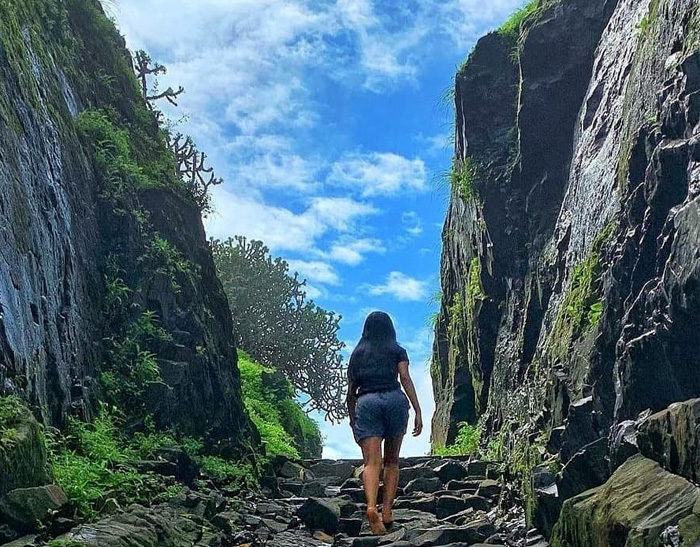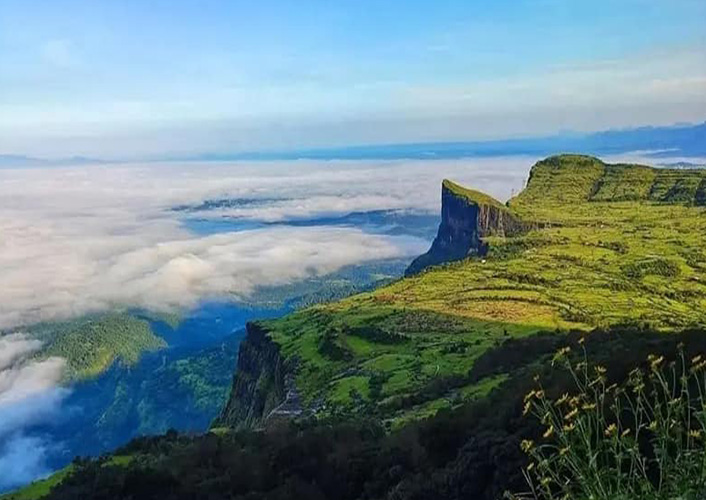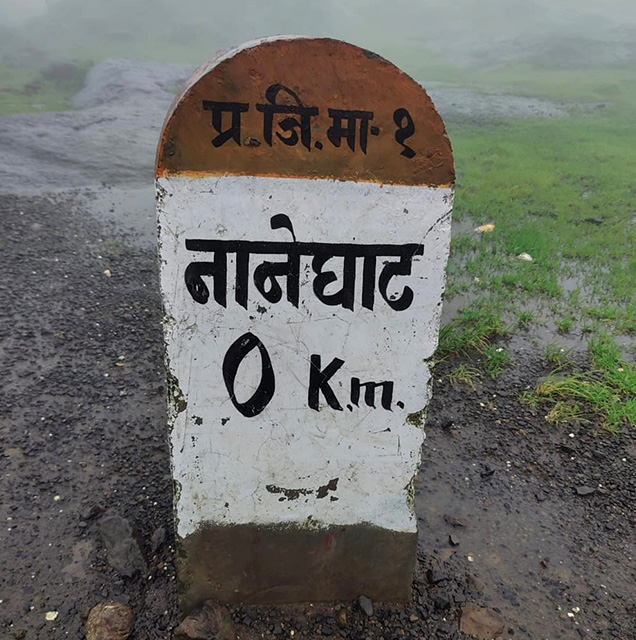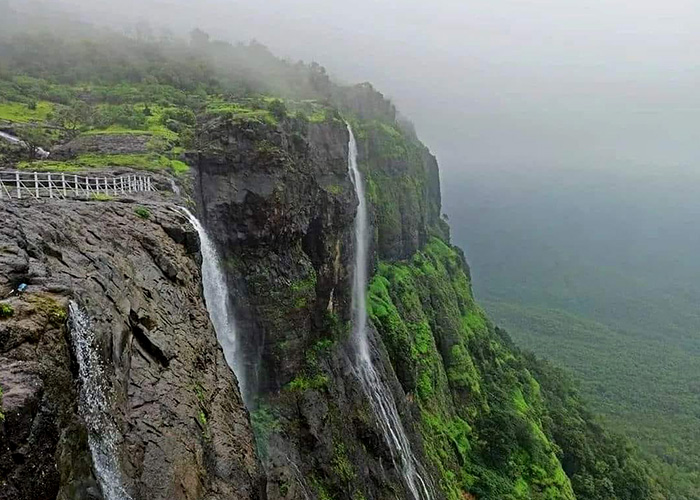Jivdhan Fort is a historic hill fortress located just 1 km from the modern town of Ghatghar in Junnar Taluka, Pune district, Maharashtra, India. Standing tall at 1,145 meters (3,757 feet) above sea level, the fort is nestled in the Sahyadri mountain range. Once a stronghold, Jivdhan Fort was captured, looted, and ultimately destroyed by the British during a siege between 1815 and 1818.
Jivdhan Fort is part of the "Famous 5" trekking circuit in Maharashtra, alongside Chavaand, Hadsar, Shivneri, and Naneghat. Known for its high-difficulty trek, Jivdhan is a favorite for seasoned trekkers, with challenging paths through dense jungle and the need for climbing equipment. The rock-cut steps leading to the Kalyan Gate are skillfully crafted, with hooks placed along the walls to assist climbers.
Historically, it is said that Murtaza Nizam Shah III, the last nominal ruler of the Nizamshahi dynasty, was imprisoned at Jivdhan Fort by Shah Jahan. Shahaji Maharaj later rescued the boy king, honoring his promise to keep him safe.



